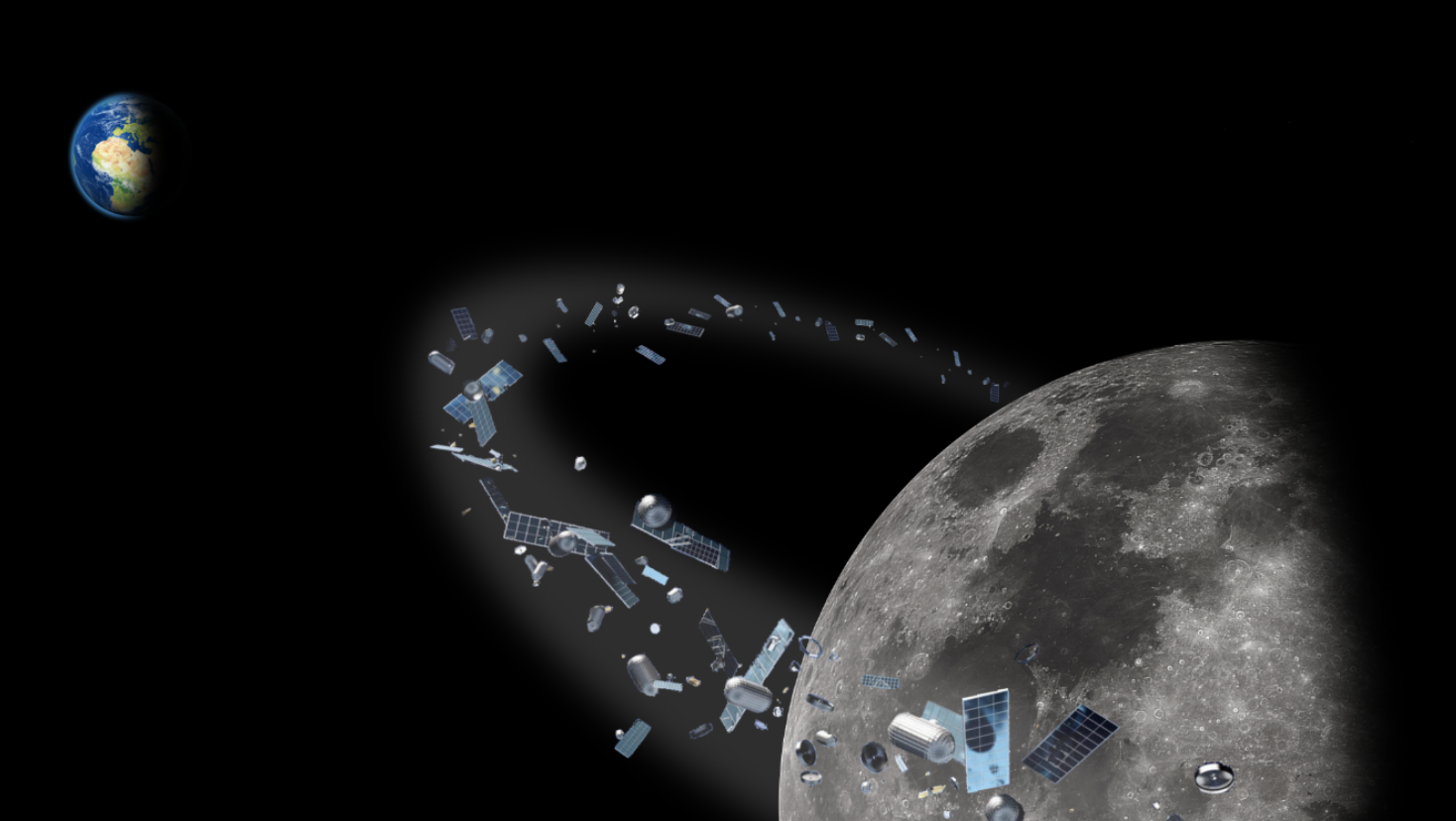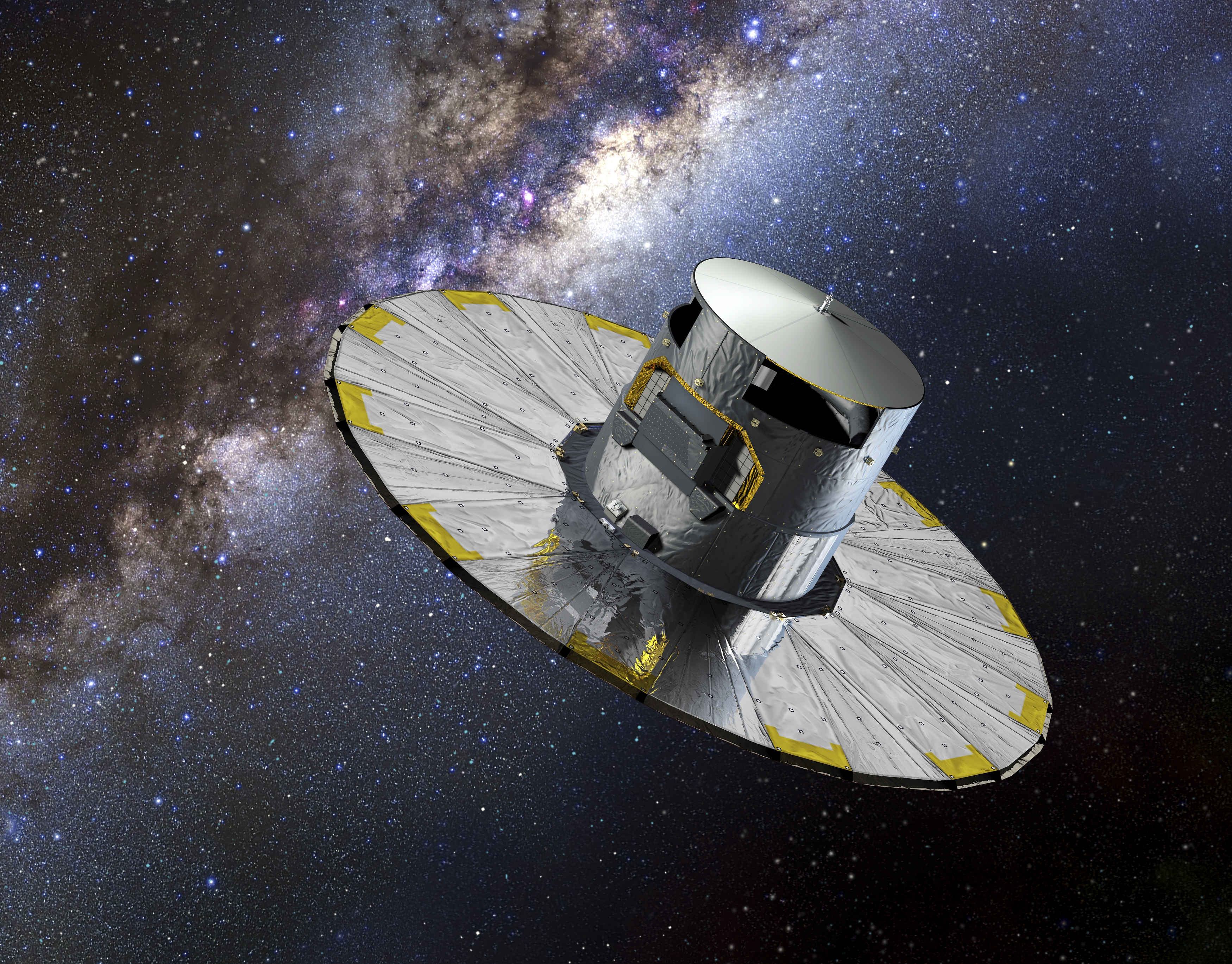Implemented OSIP ideas — February 2020
ESA's Open Space Innovation Platform (OSIP) seeks novel ideas for new space research activities. Campaigns and Channels invite solutions to specific problems or ideas on more general topics, with the Open Discovery Ideas Channel specifically looking for ideas that could be implemented as system studies, early technology developments, or PhD or postdoc research co-funded by ESA and a university. In February 2020, the following ideas were implemented through the Open Discovery Ideas Channel:
| Multi-Layer Temporal Network Model of the Space Environment University of Strathclyde As more and more satellites are sent into space, we need to consider our impact on the space environment. This study will explore the resilience and sustainability of using space, as well as investigating the behaviour of an object in relation to the rest of the space environment. |
 |
 |
Three-Dimensional Phased Array Antenna for Active and Passive Debris Detection and Tracking University of Strathclyde This study will explore whether we can detect and track space objects anytime and anywhere with a cheap, lightweight, zero power passive system. It will consider whether we can use existing radio signals to detect objects, whether such a system could be space-borne, and much more. |
| Study of Cislunar Space Dynamics and Environment for Orbital Debris Mitigation Institut Supérieur de l'Aéronautique et de l'Espace Cislunar space is the volume inside the Moon's orbit. This study will explore what the long-term effects of debris in the cislunar space are, and how the effects can be avoided. |
 |
 |
A Deep Characterisation of a Nanotechnological Antioxidant for Space Using Simple Invertebrates Fondazione Istituto Italiano di Tecnologia The aim of this study is to get a molecular-level understanding of the response of simple invertebrates to long-term stays in simulated altered gravity, with particular attention to tissue deterioration and oxidative stress. The study also plans to test cerium oxide nanoparticles as a candidate antioxidant drug to counteract such effects. |
| Space-Based Radar for the Detection of Millimetre-Sized Objects Airbus Defence and Space Human-made objects measuring one millimetre to one centimetre in diameter pose the largest risk to spacecraft; there are estimated to be 150 million of them in orbit, and they can cause serious - potentially mission-ending - damage. The aim of this study is to understand if meaningful samples of millimetre-sized objects can be detected and characterised using space-based radar at low power-levels, that could be carried onboard a spacecraft as a secondary payload. |
 |
 |
Radiation Damage of the Gaia Focal Plane Open University There is much less radiation damage on Gaia's focal plane than expected based on pre-launch tests. This study will explore why this is the case before looking into how pre-launch radiation damage testing can be improved and how radiation damage will affect the science that Gaia carries out. |















 Germany
Germany
 Austria
Austria
 Belgium
Belgium
 Denmark
Denmark
 Spain
Spain
 Estonia
Estonia
 Finland
Finland
 France
France
 Greece
Greece
 Hungary
Hungary
 Ireland
Ireland
 Italy
Italy
 Luxembourg
Luxembourg
 Norway
Norway
 The Netherlands
The Netherlands
 Poland
Poland
 Portugal
Portugal
 Czechia
Czechia
 Romania
Romania
 United Kingdom
United Kingdom
 Slovenia
Slovenia
 Sweden
Sweden
 Switzerland
Switzerland
























